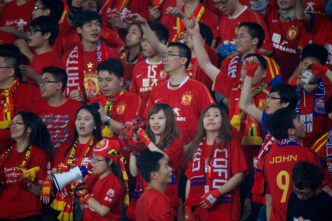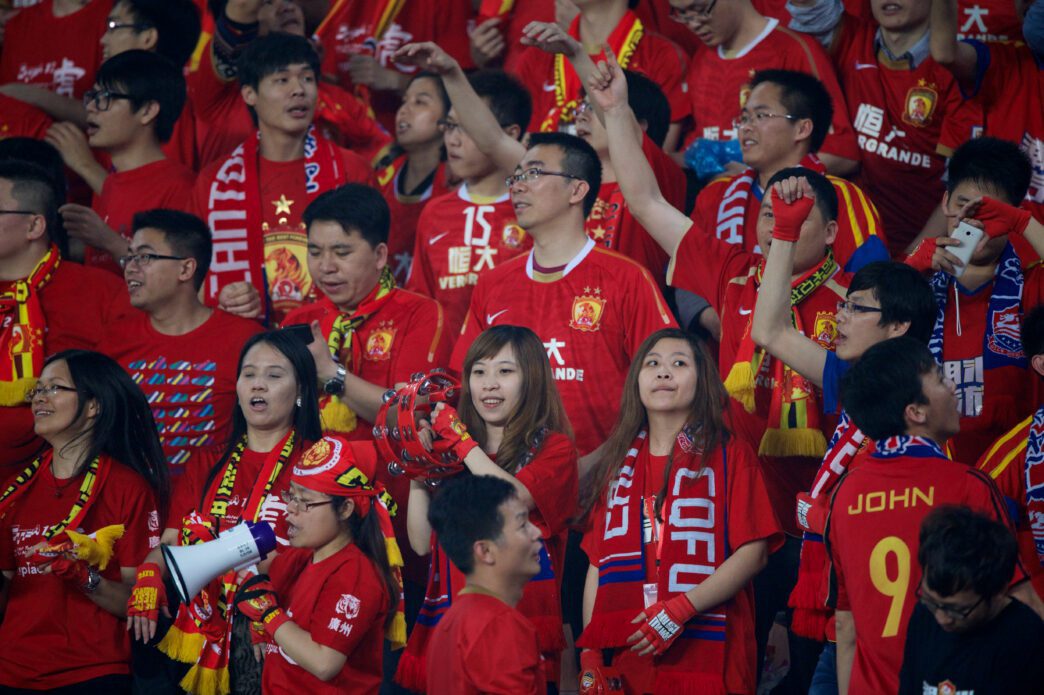Executive Summary
The Story So Far
Why This Matters
Who Thinks What?
China’s 15th National Games, co-hosted by Guangdong, Hong Kong, and Macao, commenced on Sunday, November 9, 2025, in Guangzhou, marking a significant step in the country’s strategy to leverage sports as a new economic growth driver. The multi-sport event, the largest and highest-level in China, aligns with recent policy directives from the State Council to boost sports consumption, aiming for the industry to nearly double its 2023 size to over 7 trillion yuan (approximately $988 billion USD) by 2030. This initiative reflects a broader societal shift driven by a burgeoning middle-income group with increasing enthusiasm for fitness and leisure.
Policy and Economic Momentum
The 15th National Games represents the first time Guangdong has partnered with Hong Kong and Macao to co-host the event, emphasizing rising regional connectivity. This collaboration seeks to capitalize on the event’s consumption potential through multi-stop itineraries connecting venues with major attractions, along with dedicated shuttle services from Hong Kong’s West Kowloon Station and a spectator bus pass in Macao.
The event unfolds amidst a strong policy push outlined in the recommendations for the 15th Five-Year Plan (2026-2030), which stress the importance of expanding high-quality consumer goods and services. The State Council recently issued guidelines in September to further stimulate sports consumption, aiming for the industry to surpass 7 trillion yuan by 2030. Weeks prior, an executive meeting called for efforts to spur sports demand, broaden consumption scenarios, and implement local incentive programs.
This policy push builds on existing momentum, with the added value of the sports industry growing approximately 11 percent annually since 2021, reaching 1.15 percent of China’s GDP in 2023. Sports-related consumer spending in 40 pilot cities experienced an increase of over 100 billion yuan between 2020 and 2023. Li Jing, deputy head of the General Administration of Sport, noted the surging public enthusiasm for sports participation and related consumption.
Consumer Trends and Market Growth
A significant factor driving this growth is China’s expanding middle-income group, comprising over 400 million people, who are increasingly directing spending towards fitness, leisure, and health. By the end of 2024, the country reported 87.5 million gym members, a 25 percent year-on-year increase, alongside 4.84 million sports venues covering 4.23 billion square meters, averaging approximately three square meters per person.
Recent high-profile events underscore this trend, such as tennis star Zheng Qinwen’s comeback at the China Open in Beijing in late September, which attracted over 45,000 fans—a tournament record. The event generated about 88 million yuan in ticket sales, with overall on-site spending increasing by 44 percent from the previous year. Similarly, over 500 surveyed sports events nationwide in the first half of 2025 each boosted local consumption by an average of 30 million yuan.
Online retail mirrors this growth, with sports goods sales across four major e-commerce platforms reaching 218 billion yuan in the first half of 2025, marking a 17.5 percent year-on-year rise. The outdoor recreation market is also a significant contributor, projected to exceed 3 trillion yuan by the end of 2025, fueled by activities like marathon races, skiing, and camping, with over 400 million participants. The government plans to establish 100 high-quality outdoor destination bases by 2030 to support this trend.
Manufacturing and Event Impact
The surge in sports enthusiasm is also energizing China’s manufacturing sector, which now hosts over 63,000 sports equipment manufacturing enterprises. Their total annual output surpasses 1.5 trillion yuan, a substantial increase from 1.12 trillion yuan in 2015. Exports of sport appliances reached $28.4 billion USD last year, an increase of 6.8 percent year-on-year, with Chinese-made equipment widely used at international events.
Examples include the athletics track at the Guangdong Olympic Sports Center, built by local firm Guangzhou Tongxin Sports Equipment Co., Ltd., which utilizes automation and digitization to redefine manufacturing standards. Further south in Shenzhen, local brand XDS has evolved into a global cycling manufacturer with an annual output exceeding 8 million bikes, with its products competing at the Olympics and the Tour de France.
The convergence of national policy, evolving consumer preferences, and major sporting events like the National Games is positioning China’s sports industry as a dynamic engine for economic growth. As Wu Yannian, a professor at Jinan University’s School of Physical Education, observed, major sports events not only serve as competitive stages but also as public festivals that significantly boost the sports consumption market, driving sales and equipment upgrades.








